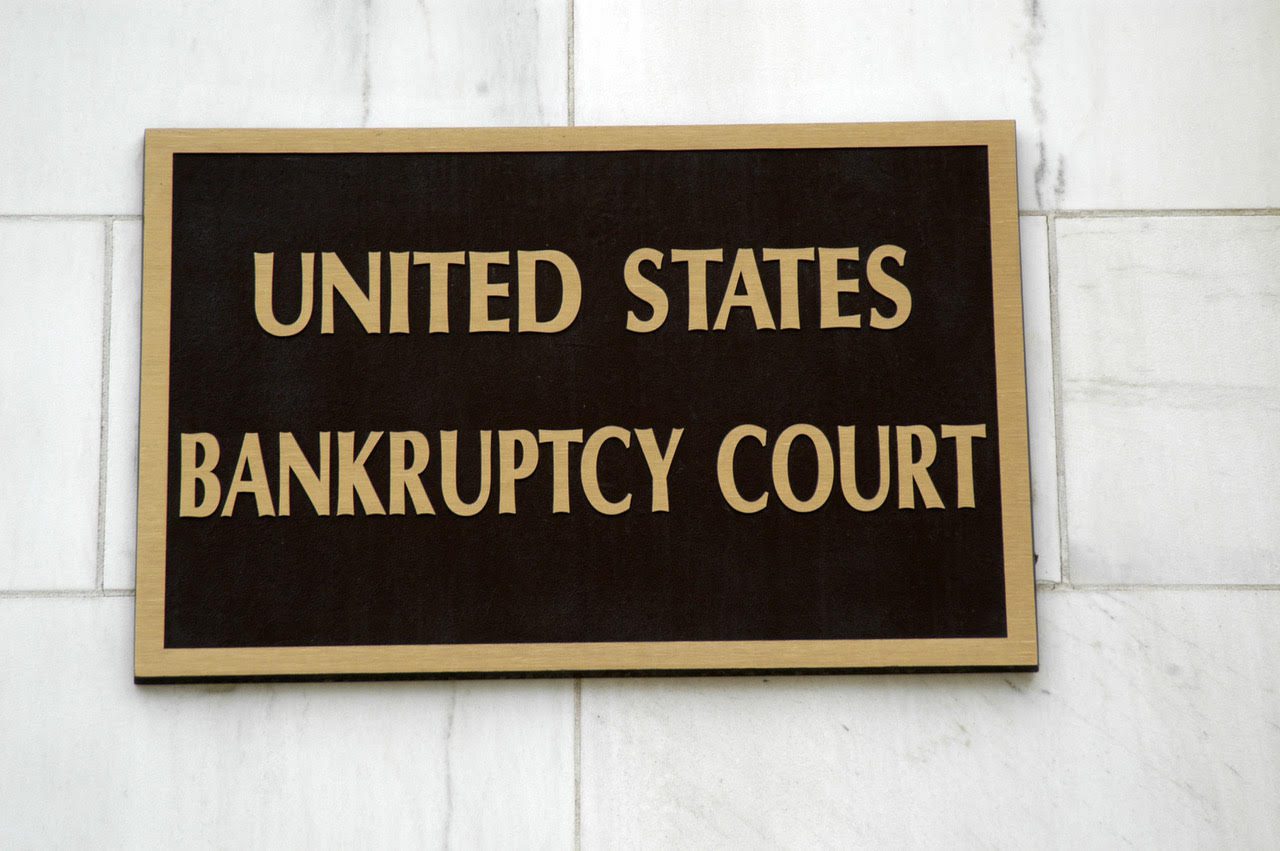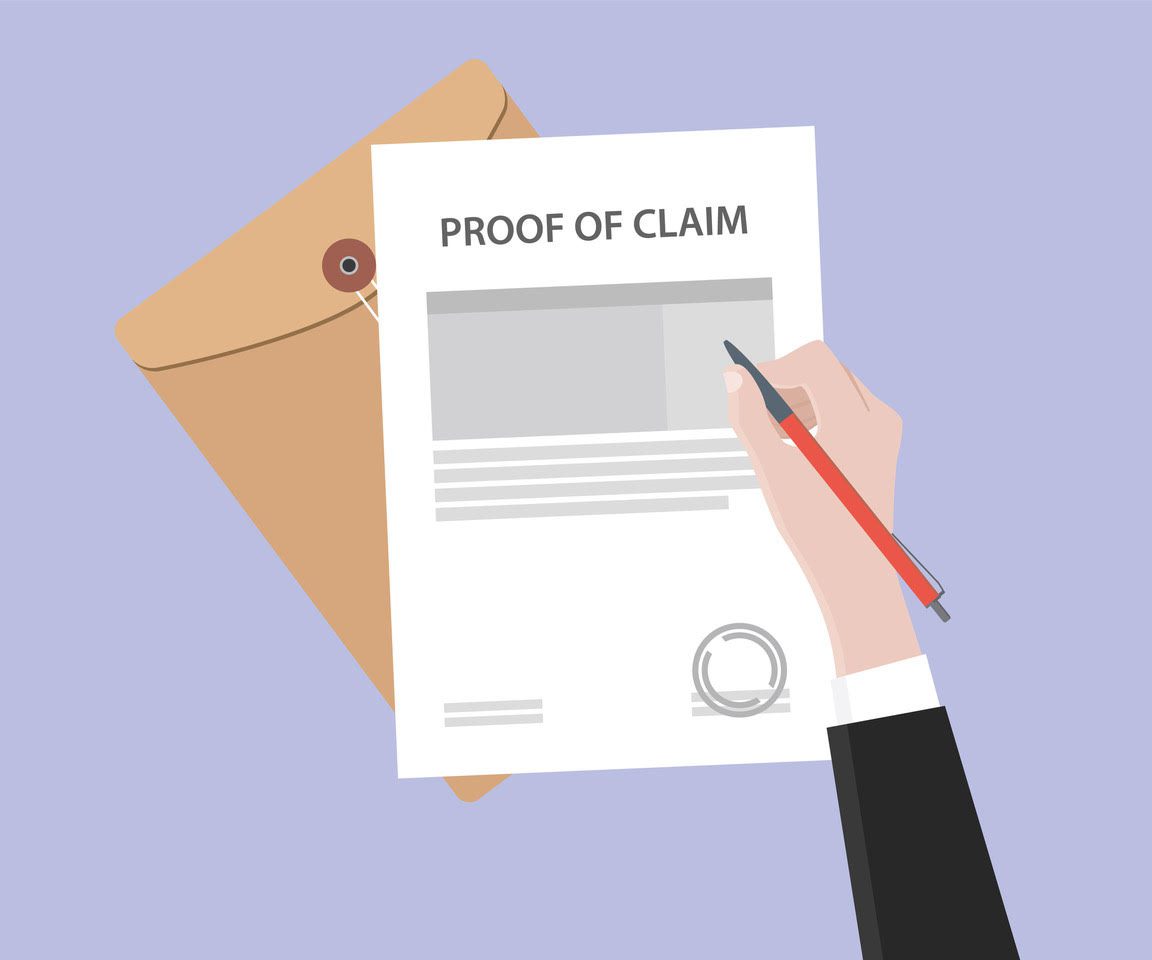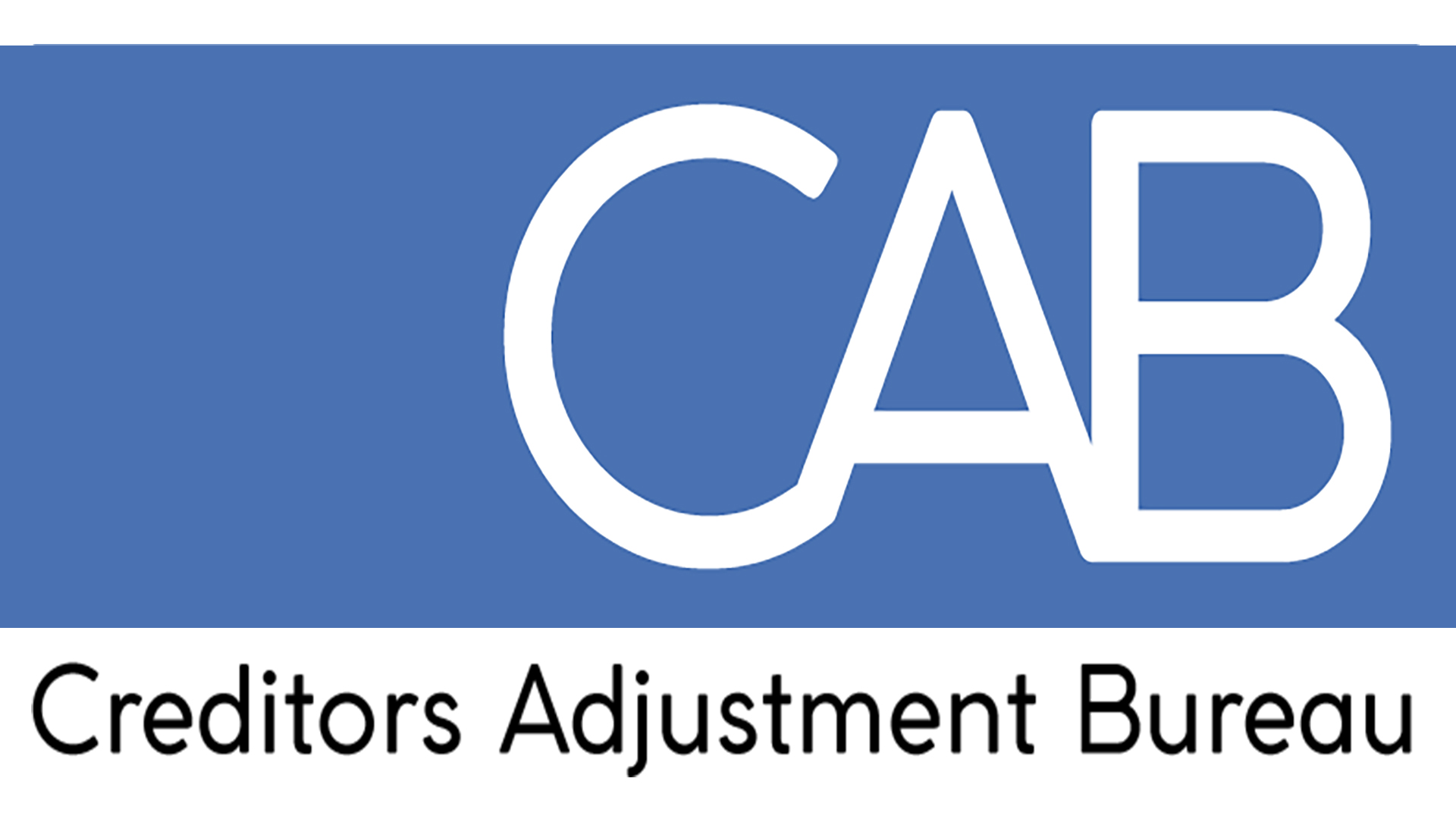You’ve just received a notice from the U.S. Bankruptcy Court that one of your debtors has filed for bankruptcy. How should you respond?
The answer depends on the type of bankruptcy that was filed.
Bankruptcy Chapters
Most people are surprised to learn that there are in fact six different bankruptcy types under the U.S. Bankruptcy Code:
- Chapter 7 Liquidation — for both individuals and businesses
- Chapter 9 Reorganization — for municipalities
- Chapter 11 Reorganization — for corporations, partnerships or LLC’s
- Chapter 12 Reorganization — for family farmers and fishermen
- Chapter 13 Reorganization — for individuals and sole proprietorships
- Chapter 15 Cross-Border Insolvency — for foreign companies with U.S. debts
For all of these bankruptcy types, once the petition has been filed, creditors are prohibited from attempting to collect the debt.
By far, the three most common bankruptcy types are Chapter 7, Chapter 11 and Chapter 13. So we’ll focus on these three.

Should You Attend
the 341 Meeting of Creditors?
A Meeting of Creditors is held for every type of bankruptcy, except Chapter 9 and Chapter 15. Despite the name, most creditors do not typically attend this meeting. Rather, they rely on the bankruptcy trustee to represent their interests.
But there are certain situations when attendance would be prudent:
- If the debt is secured, you may need to confirm or clarify the debtor’s intentions. For instance, in a Chapter 7, debtors have the option of surrendering the secured property, retaining the property and reaffirming the debt, or redeeming the secured property for its replacement value.
- If you think there may be discrepancies between the information in the debtor’s bankruptcy petition and the information he submitted when applying for credit.
Chapter 7 Liquidation
In a Chapter 7 bankruptcy, the debtor’s financial obligations are essentially wiped clean (with a few exceptions). Chapter 7 is available to both individuals and businesses.
The Notice of Bankruptcy sent to each creditor by the U.S. Bankruptcy Court includes information about a “Meeting of Creditors” (also known as a “341 Meeting,” based on section 341 of the bankruptcy code). The purpose of this meeting in a Chapter 7 is for the bankruptcy trustee to determine if the debtor owns assets which can be liquidated and distributed to creditors.
After the 341 Meeting, all creditors listed in the bankruptcy petition receive a notice from the court, indicating whether the Chapter 7 has been deemed an “asset” or “no asset” case. If the case is determined to be “no asset,” unsecured creditors will not receive any payments.
However, if the case is determined to an “asset” bankruptcy, and you are an unsecured creditor, you must submit a Proof of Claim in order to be included in the distribution of the debtor’s liquidated assets.
Chapter 11 Reorganization
Businesses that want to remain operational but need time to restructure their finances in order to pay their bills can file Chapter 11. Because of its complexity, this type of reorganization is typically used only by corporate entities.
The purpose of the 341 Meeting in a Chapter 11 is different than that of the Chapter 7. During the Chapter 11 meeting, the U.S. Trustee will:
- Gather information about the debtor’s business plan,
- Determine the plan’s feasibility,
- Explain the debtor’s obligations, and
- If necessary, inspect the debtor’s books.
Every Chapter 11 debtor-business has a 120-day period during which it has an exclusive right to file a reorganization plan with the court. After that, creditors can file competing plans.

Should You Serve
on the
Creditors’ Committee?
In a Chapter 11, the U.S. Trustee selects seven (7) unsecured creditors with the largest claims against the debtor-business to serve on the creditors’ committee. If you are one of those, you will probably be asked to join.
Membership on the committee often involves months of difficult, uncompensated work. On the other hand, it also provides the selected creditors with greater control over the amount of payment they’ll receive and places them in a better position to direct the debtor’s business.
At CAB, we’re glad to represent our clients’ interests by serving on, or even chairing, Chapter 11 creditors’ committees.
The Creditors’ Committee
Creditors’ committees often play a significant role in Chapter 11 cases. Their primary purpose is to ensure that unsecured creditors — who are often owed smaller sums — are adequately represented in the bankruptcy proceedings. In other words, creditors’ committee members represent the interests of the entire class of unsecured creditors.
The creditors’ committee must approve the debtor’s Chapter 11 reorganization plan before it can be approved by the bankruptcy court. There is no time limit on completing repayment of debt through the plan; however, six months to two years is the standard.
Proof of Claim in a Chapter 11?
Creditors in a Chapter 11 do not need to file a Proof of Claim if the amount due listed in the bankruptcy petition is accurate. However, if the claim is listed as disputed, contingent or unliquidated — or if you believe you’re owed more money than the petition indicates — you should file a Proof of Claim for the full amount you believe you are owed.
Chapter 13 Reorganization
Chapter 13 bankruptcy is another type of reorganization. It applies to both individuals and sole proprietors of businesses and involves a three-to-five-year repayment plan.
As with Chapter 7 and Chapter 11, all creditors listed in a Chapter 13 petition will receive a notice of the bankruptcy case filing, which includes a 341 meeting of creditors date, as well as deadlines for filing claims. With Chapter 13, the purpose of the 341 Meeting is to determine if the debtor’s proposed repayment plan is feasible in the eyes of the trustee.
nt will vary, depending on the debtor’s disposable income. However, it cannot be less than what the creditor would have received if the debtor had filed a Chapter 7 bankruptcy that was determined to be an asset case.
What About Secured Debts in Chapter 13?
If you are listed as a creditor in a Chapter 13 bankruptcy and the debt is secured, the debtor has three available treatment options:

Need a Proof of Claim?
Has your debtor filed for bankruptcy protection while CAB was working the account? Then we’ll gladly prepare and file the Proof of Claim on your behalf!
- He may surrender the property back to you.
- If he is not behind on his payments, the debtor may retain the secured property and continue to make regular payments to you “outside” of the Chapter 13 plan, just as he did before filing bankruptcy.
- If he is behind on his payments, the debtor may retain the property and pay for it through the monthly Chapter 13 plan payment.
Once the bankruptcy court has approved the Chapter 13 repayment plan, claims will be paid out based on priority. For example, secured debts are paid first, then priority debts (such as taxes and domestic support obligations), and then general unsecured debts.
Sources:
Featured Image: Adobe, License Granted
Nolo
Investopedia
U.S. Courts
Lawyers.com

